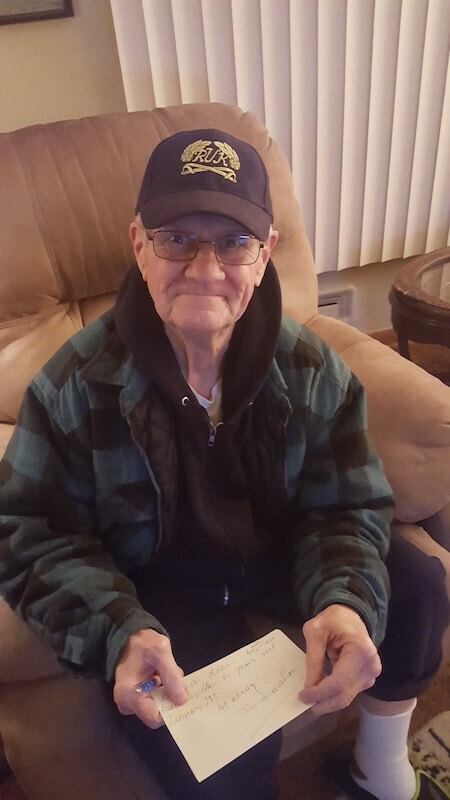
Visiting his Dad on his 80th birthday Erik Sieberg found an old article from 38 years ago, celebrating his Dad’s, Margus Sieberg’s (pictured) dedication to his Estonian identity.
From Asbury Park Press Mon. Aug. 2, 1979
Estonian Scouts’ Leader Pioneered Movement
By Fred Foy, Press Staff Writer
JACKSON TOWNSHIP – Ten days after he arrived in this country in 1951, Margus Sieberg joined Troop 341, a New York Boy Scout unit formed by Estonians who had earlier immigrated after six years in European displaced persons camps following World War II.
My first camp here was in 1952, and except for four years in the Air Force and a couple of years when my kids were small, I’ve been here every year since then.” Said Sieberg, leader of the 30th annual East Coast laager, or camp, at the 82-acre Estonian scout camp off Boston Road, here.
The camp, known this year as “Sõprusring” in Estonian, or “Friendship Circle” in English, attracted 285 Cub Scouts, Brownies, Inermediate and Senior Boy Scouts and Girl Guides, all of Estonian ancestery.
“They broke camp yesterday to return homes from Boston to Virginia after a week of traditional scouting activities carried out with an Estonian flavor.
“We spoke Estonian at the camp, and we use the Estonian scout manual,” said Sieberg, “We also stress ethnic scouting, because we don’t want to lose our identity. We use the Estonian scout manual, and we’ve been to Sweden, Germany, and many times to Canada – wherever there are Estonian scout troops.”
Estonian folklore, language study and traditional music are part of the program of the Boy Scout movement, which is affiliated with the Boy Scouts of America, and the Estonian Girl Guides, an independent organization.
Estonian scouting moved west in 1944 with the tens of thousands of Estonians who fled their homeland when it was invaded by the Red Army in 1944 and forcefully incorporated into the Soviet Union.
Since then, the Estonian scouting movement in exile has played an important role in keeping alive the culture of their homeland among Estonians here and in Canada, Germany, Sweden and Australia.
And international camps have kept the scouts in touch with developments in Estonia.
At Sõprusring’s final campfire, on Saturday night, for example, the scouts stood in the rain to sing “Öö Pime.” Or “The Dark Night,” a song composed by dissidents in the late 1960’s to protest Estonia’s prsent political status.
“In 1970, Estonian-American Girl Guides heard the song sung by a visitor from Estonia at a jamboree in Germany.” explained Urve Põhi, River Edge, leader of the Estonian Girl Guides in the U.S.













